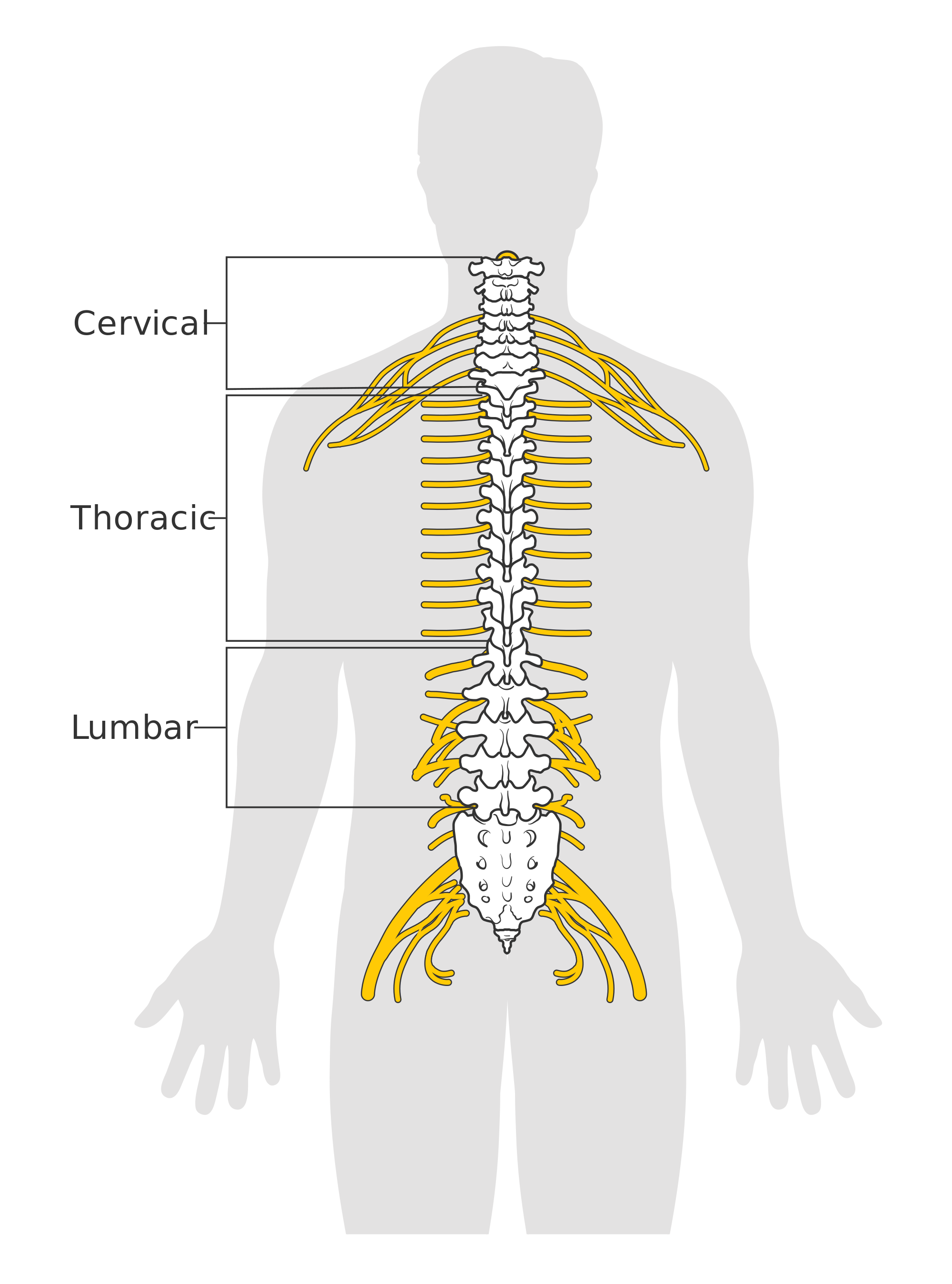A Closer Look at Spinal Cord Injuries
Some of the worst injuries we see at Hodges Coxe Potter & Phillips are spinal cord injuries. According to statistics, about half of injuries to the spinal column result from car accidents and another 20% stem from falls. If you or a loved one has been involved in a serious accident, you will need financial compensation to manage your injuries.
What is the Spinal Cord?
Your spinal cord is a bundle of nerves that runs from the base of your brain down your back. The spinal column carries nerve signals to and from the brain to other parts of your body. Because the cord is so important, it is helpfully shielded by bones called vertebrae. The human body has 24 vertebrae that run from the base of the spine up through your neck.
How can the Cord Get Injured?
Because the vertebrae protect the cord, most spinal cord injuries are caused by traumatic blows to the body. The force of the blow can crack or shatter vertebrae, injuring the spinal cord in the process. When the cord gets stretched, bruised, or shredded, victims can experience a loss of mobility or sensation. If the spinal cord is completely severed, then victims will be completely paralyzed from that point down.
How are Spinal Cord Injuries Classified?
There are many classifications. For example, an injury can be complete or incomplete:
● Complete. The victim loses all functioning below the point of the injury.
● Incomplete. The victim retains some function, such as sensation and/or mobility, below the point of the injury.
When the victim suffers a loss of mobility or sensation in the legs only, then they are a “paraplegic.” If the injury leads to paralysis below the neck, then the person suffers from “tetraplegia” (also called “quadriplegia”).
How are Spinal Cord Injuries Treated?
Initial treatment will focus on removing pressure on the spinal cord and stabilize the spine so that more damage to the spinal cord does not occur. Depending on the severity of the injury, a victim might need more than one surgery.
After surgery, the primary focus will be rehabilitation and trying to retrain the body to do tasks. Most of the improvement will occur in the first six months. After 12 months, any loss of function will likely be permanent. However, with certain assistive devices, many people with spinal cord injuries can return to living productive lives and rejoin society.
Unfortunately, the costs of treatment are incredibly high. For example, the Christopher and Dana Reeve Foundation has calculated that someone who suffers tetraplegia has an average cost of over $1 million in the first year and almost $185,000 for each subsequent year. If a victim suffers incomplete impairment of motor function, then the average cost of first year treatment is about $350,000, with another $40,000 for each year after that.
Contact Hodges Coxe Potter & Phillips Today
Few people are prepared to shoulder the astronomical costs associated with a spinal cord injury. Instead, they need compensation to help them recover and to replace any lost wages.
If you or a loved one has suffered a spinal cord injury, please reach out to us today. One of our Wilmington personal injury attorneys will be happy to discuss your case with you. Avoid delay.